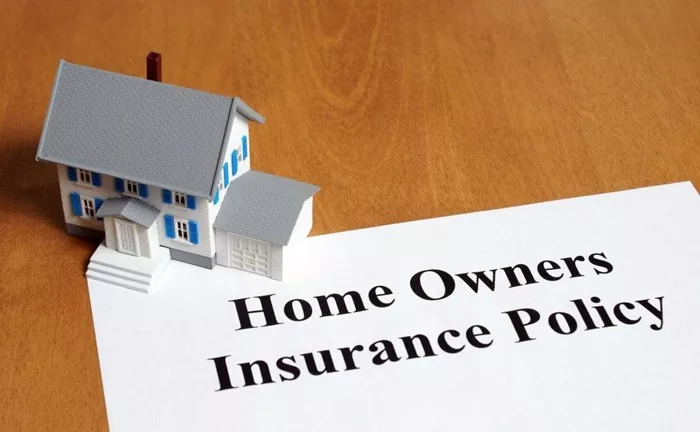A recent analysis by the Insurance Research Council (IRC) has illuminated concerning trends in the affordability of homeowners insurance across the United States. Spanning from 2001 to 2021, the study highlights a significant increase in the financial burden placed on homeowners, driven by a multitude of factors.
According to the IRC’s findings, homeowners’ expenditure on insurance has steadily climbed over the past two decades. In 2001, the average expenditure stood at $508, ballooning to $1,411 by 2021. This represents an annualized rise of 5%, outpacing the growth of household incomes.
The study delved into the disparity between states, revealing stark discrepancies in affordability. Utah emerges as the most affordable state, with homeowners spending a mere 0.96% of their household income on insurance. In contrast, Florida ranks as the least affordable, with households dedicating over 4% of their income to insurance premiums, more than double the national average.
Despite Louisiana historically holding the title of the least affordable state, a drop in median household income in 2021 saw Florida surpassing it. This shift underscores the dynamic nature of the challenges faced by homeowners across different regions.
The IRC attributes the escalating costs of homeowners insurance to a variety of factors. Natural disasters, economic conditions, rising construction costs, and heightened litigation activity in certain states all contribute to the upward trajectory of insurance expenditures.
Dale Porfilio, President of the IRC and Chief Insurance Officer for the Insurance Information Institute (Triple-I), emphasizes the importance of understanding the underlying drivers of insurance costs. He advocates for proactive measures to enhance affordability, including homeowner awareness campaigns, fortification of building codes, and the promotion of community resilience programs.
As policymakers grapple with the implications of these findings, it becomes increasingly evident that concerted efforts are needed to address the growing financial strain on homeowners. With insurance rates continuing to soar, proactive interventions are essential to safeguarding the financial well-being of households nationwide.
You Might Be Interested In



















